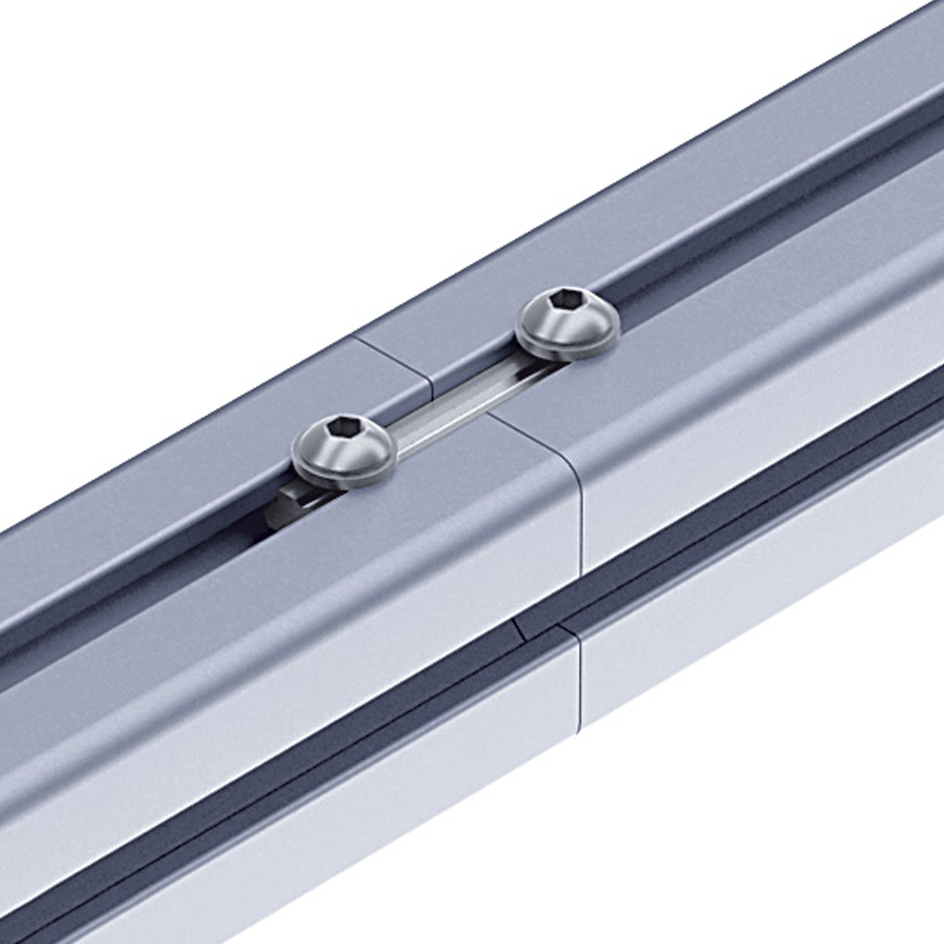

This step can be a little difficult, because you want post heights to all stand at the same level, but post hole depths will vary. This way, it can be easily transported to another area of the yard for spreading. Set loose dirt in a bucket or wheel barrow as you bring it up. These on-call professionals will organize visits from local utility providers to map out your underground utility lines.) (For more information on avoiding underground utilities, check out the this article on the “Call 811” service. I use a pry bar for gouging up hard ground, and a small spade shovel for lifting out dirt. Cable lines, water lines, and even electrical lines may be resting just below ground surface.įor this reason, I like to take a very controlled approach to digging post holes. When digging near your house, always be on the lookout for underground utilities. For a 4′-tall screen (which works well with typical lumber measurements), 16″ should be a good depth for post holes. Their depths depend more on the intended height of your structure.

Post holes only need to be about twice the diameter of posts, roughly 8″-9″. You could lay out yours as needed to account for the size of whatever your trying to conceal. My clients had already had a flagstone pad installed to accommodate the bins, so the corners of this pad provided me with very accurate locations for my post holes. The lattice screen in this project was intended to hide two wheeled trash cans. This also helps structurally, because L-shapes (with one post acting as a corner) are naturally stronger than straight runs. Most lattice screens are laid out in an L-shape in order to conceal their contents from two vantage points.


 0 kommentar(er)
0 kommentar(er)
